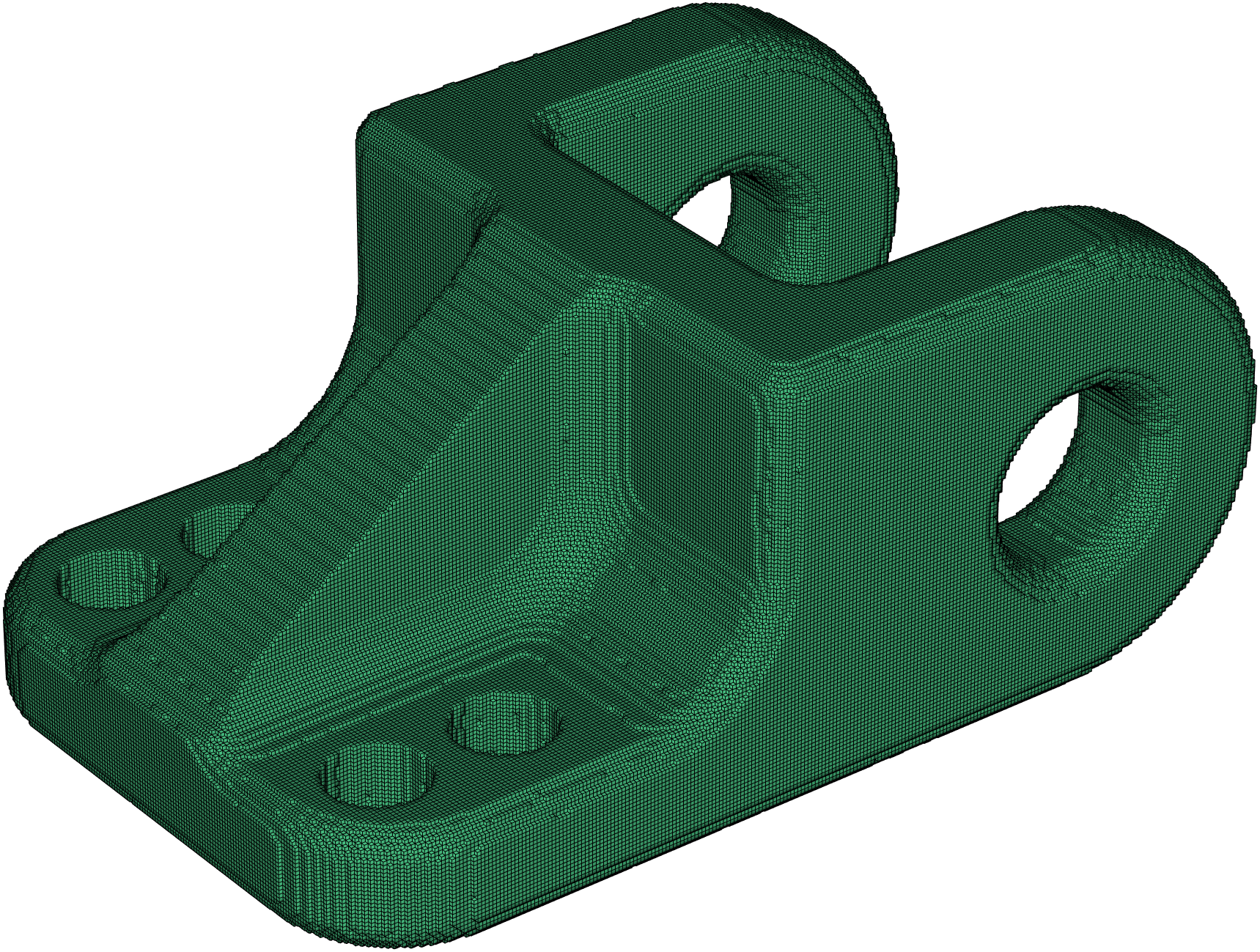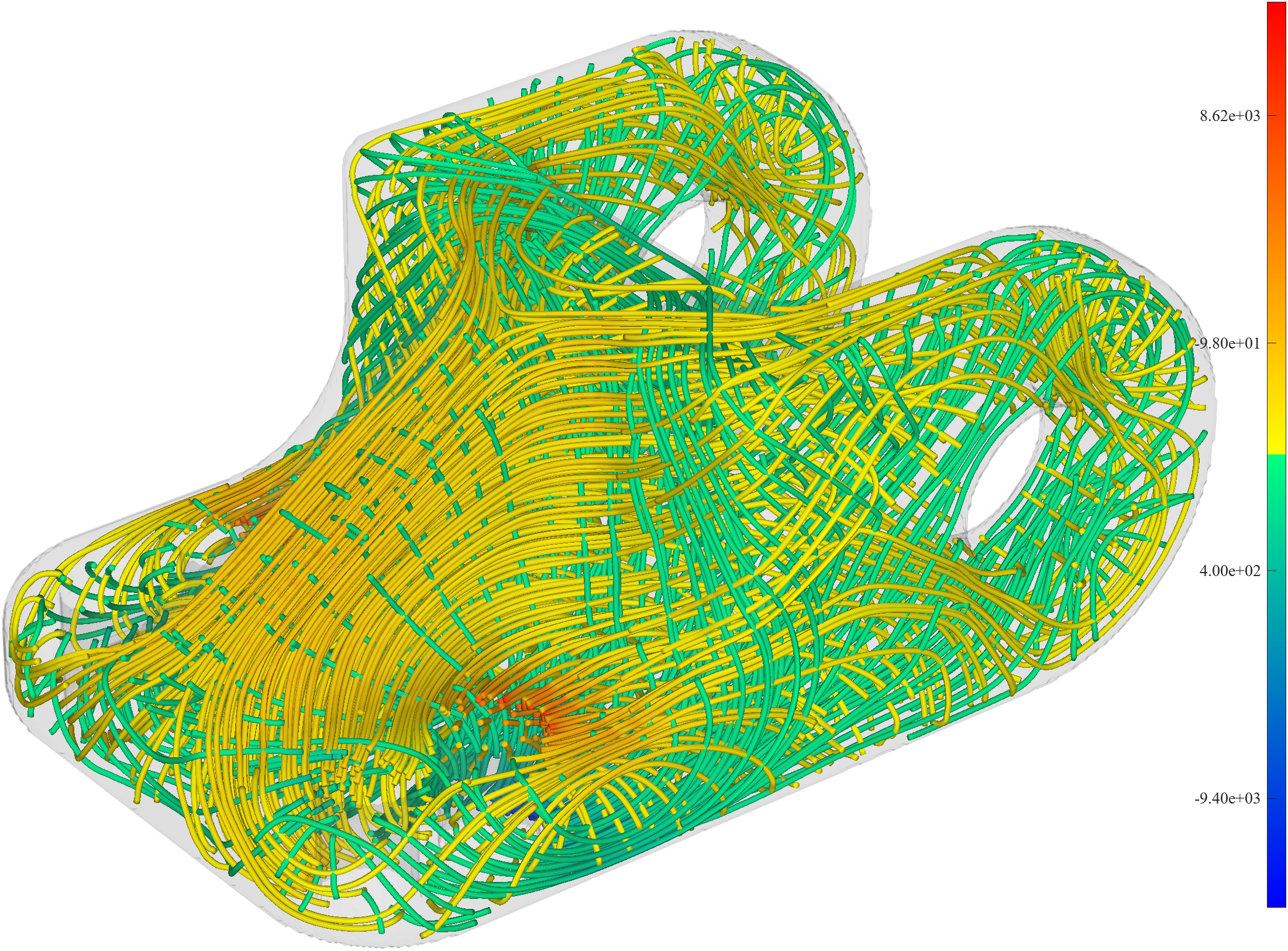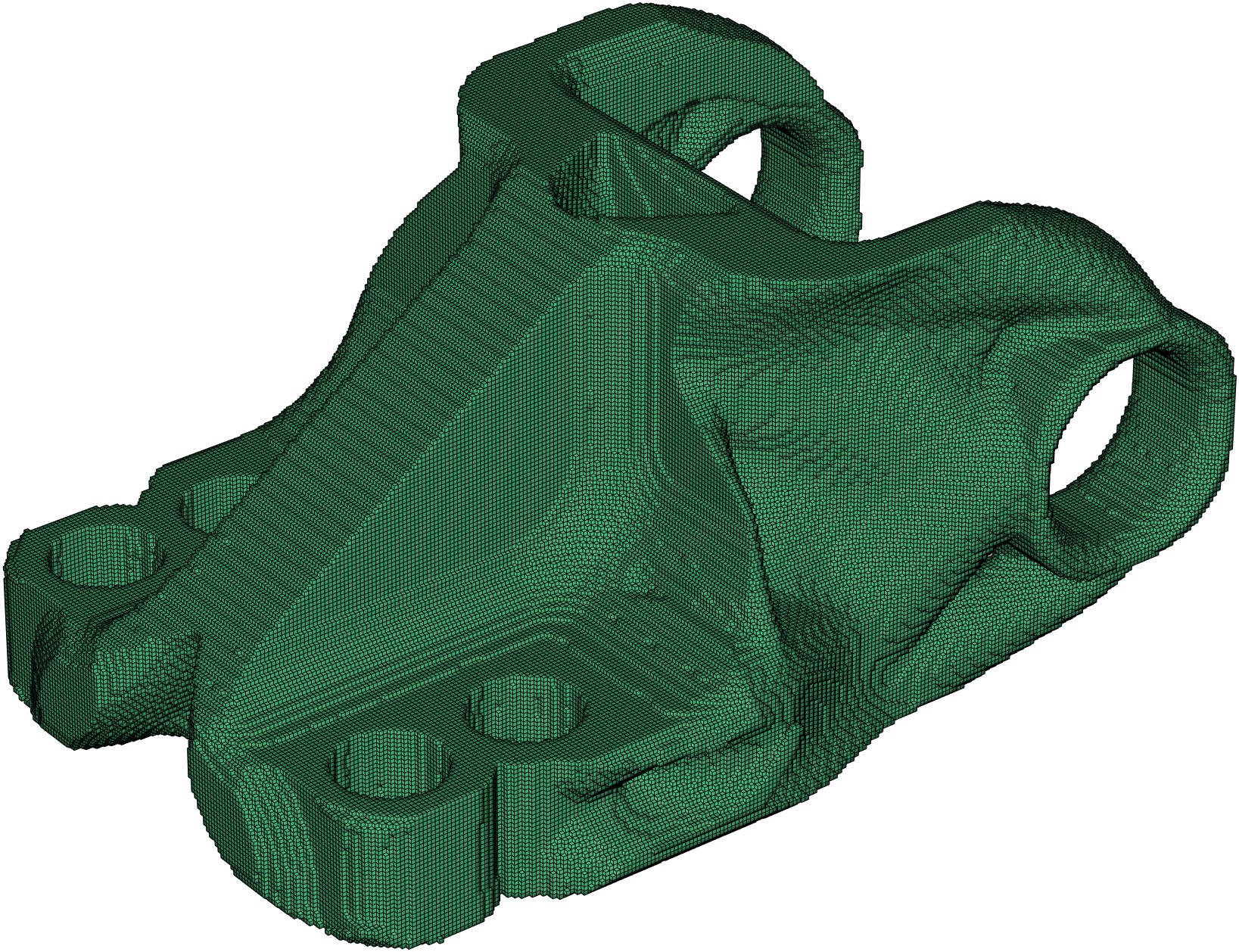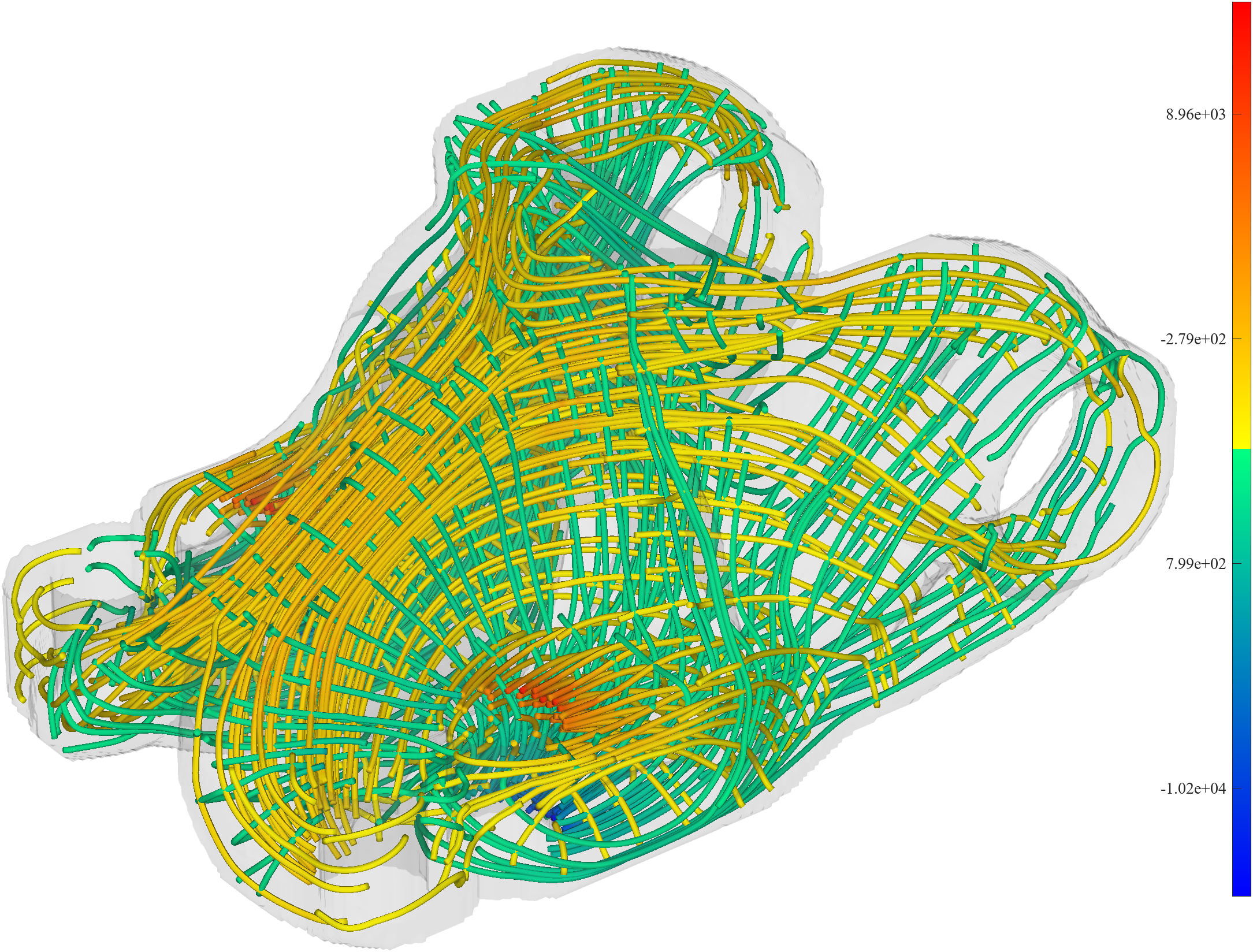Demonstration Cases
Case 3: Visualizations in 2D
Context: The PSL placement algorithm of 3D-TSV seamlessly works for 2D cases. Especially, it can be combined with stress topology analysis for improved placement regularity and better represen.
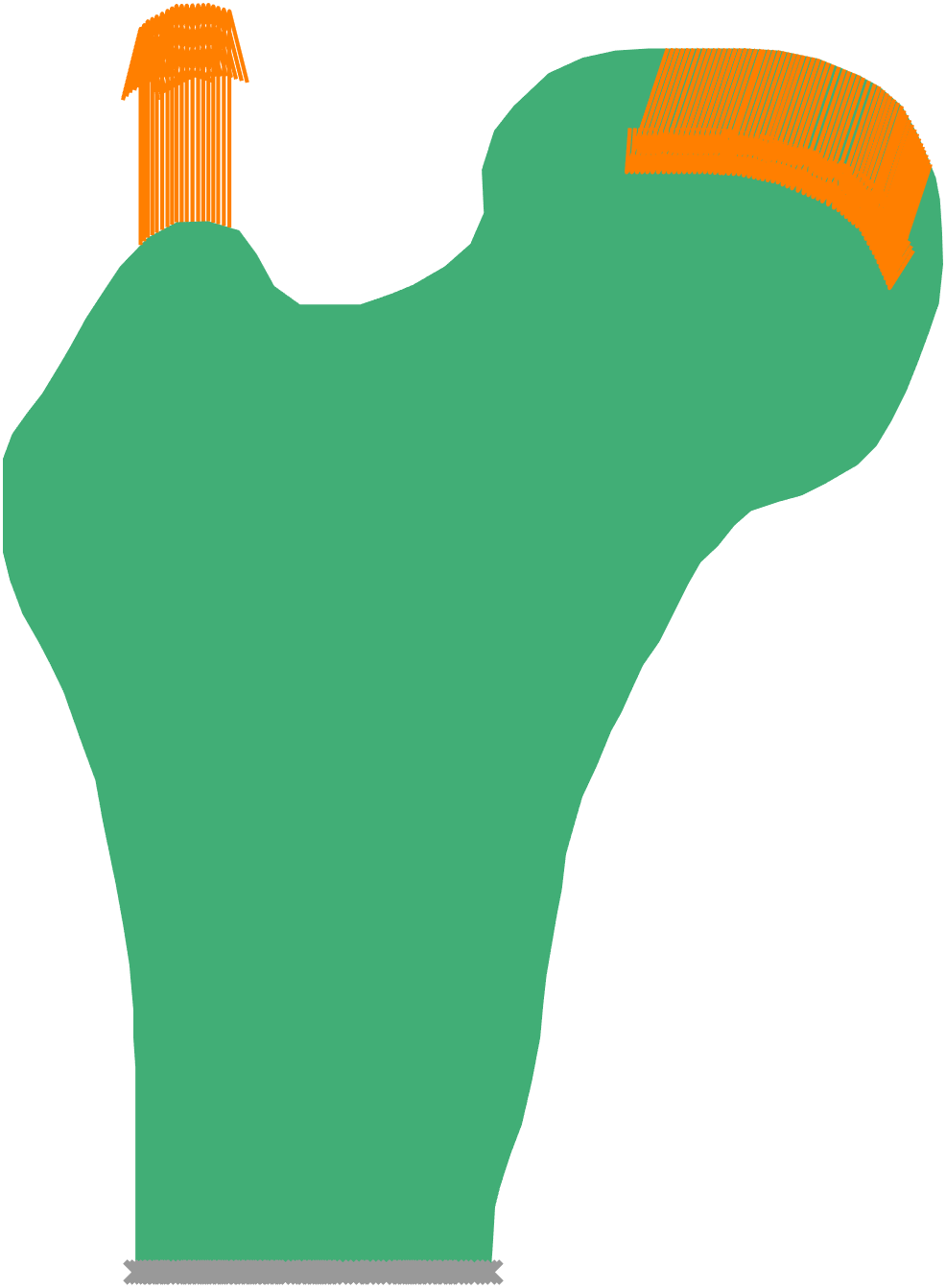
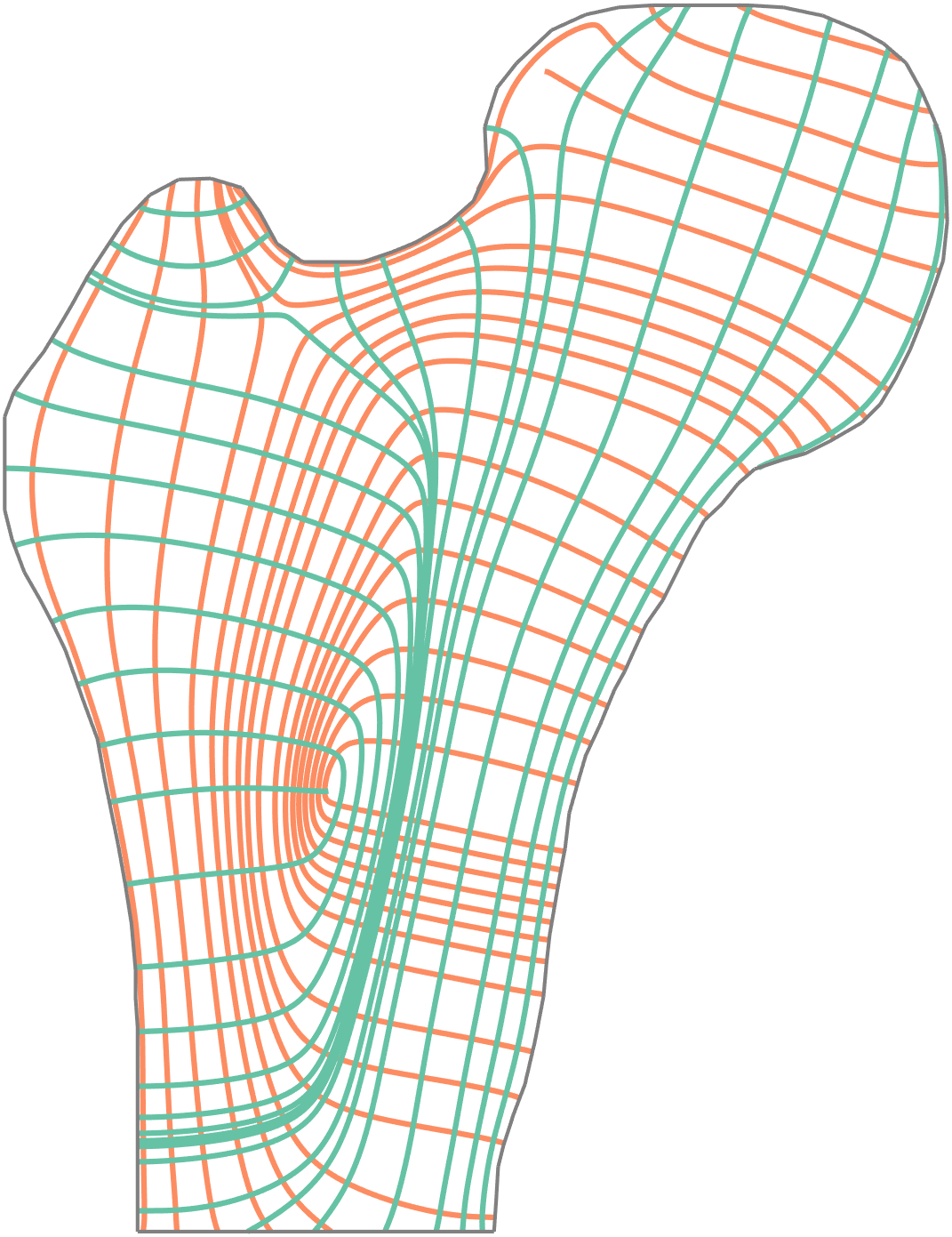
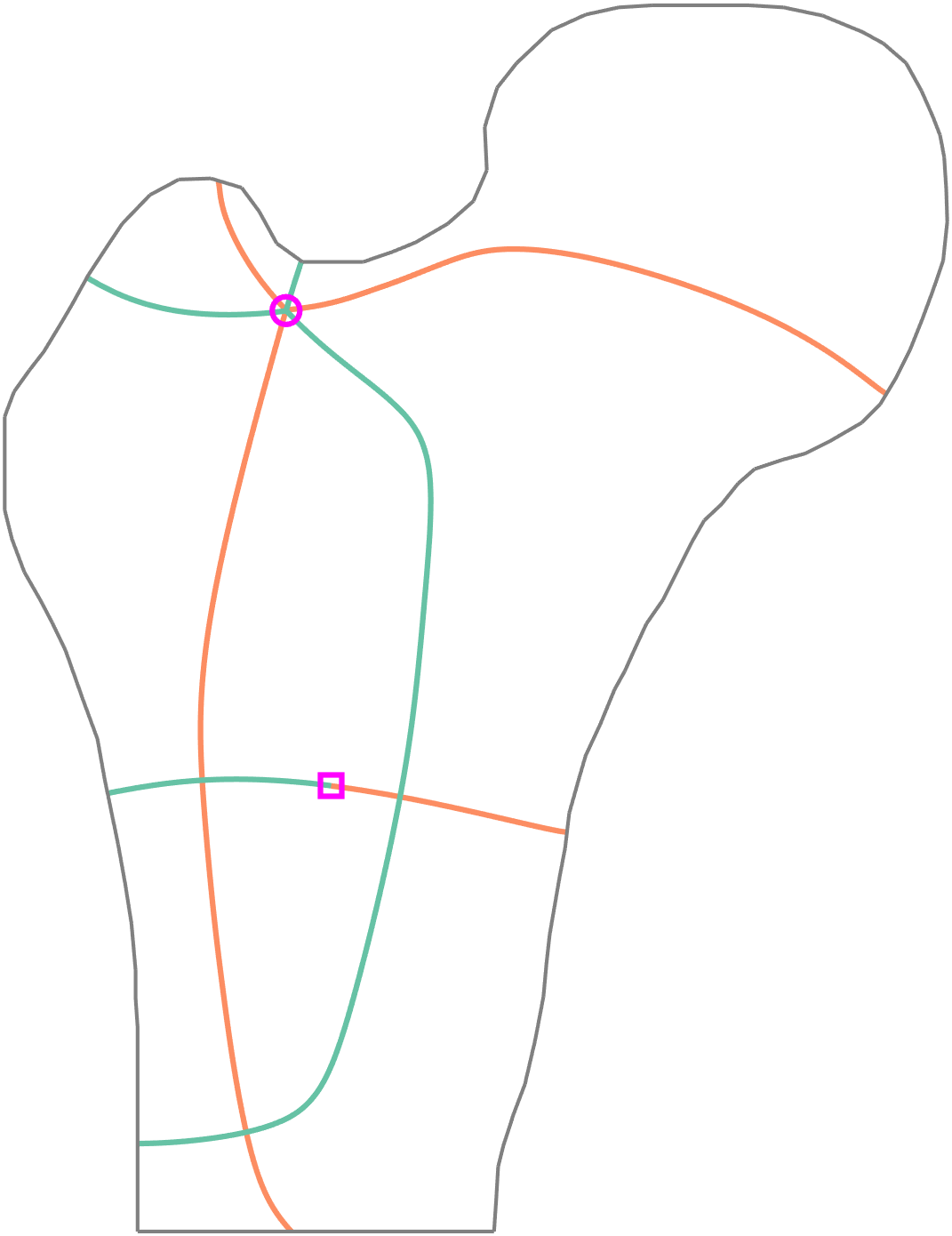
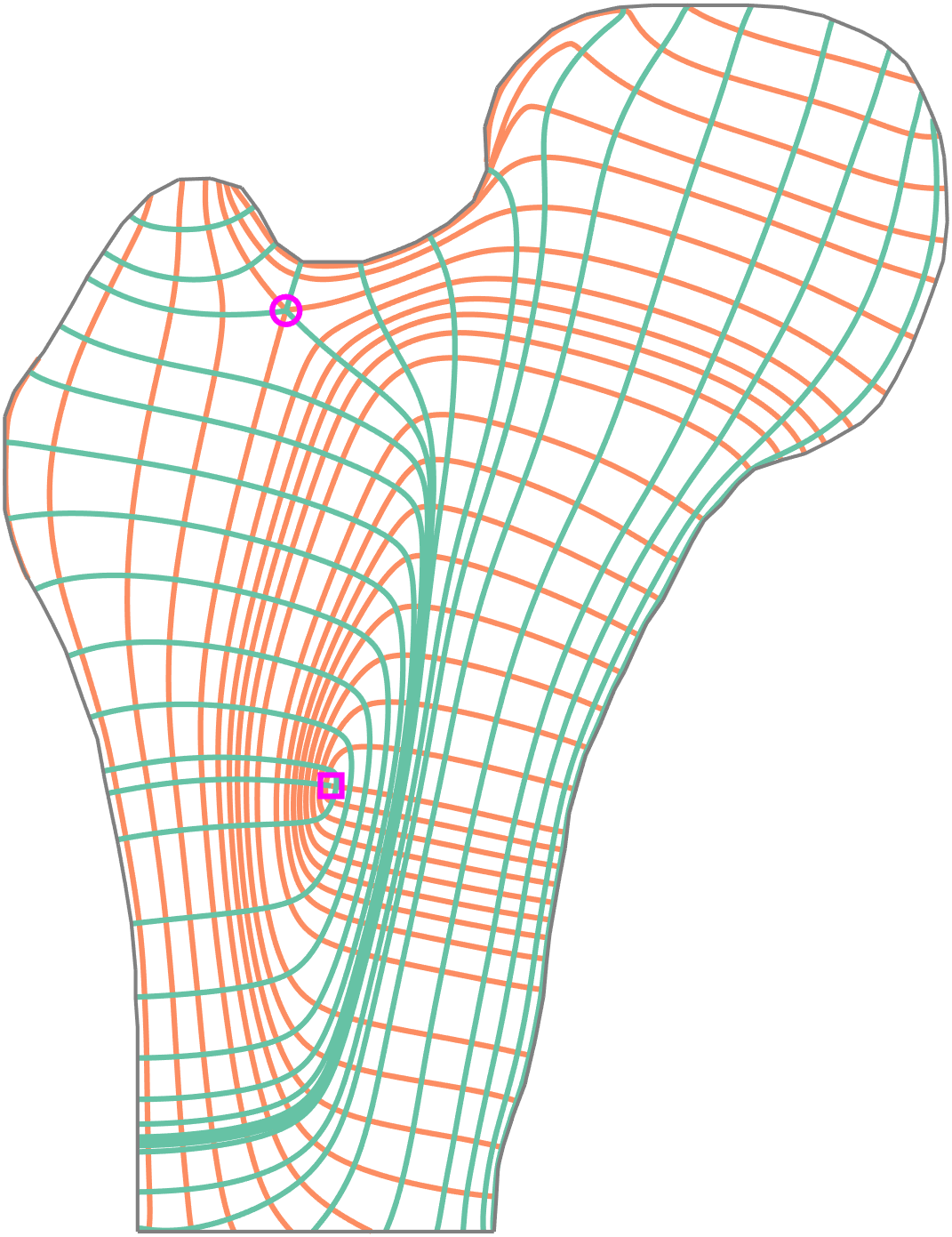
Case 2: Work with datasets from unstructured hex- and tet-meshes
Context: 3D-TSV can be used to generate PSLs of stress fields that are simulated at a hex- or tet-mesh, and enables the importance-based PSLs selection. Besides, the user can also specify the PSLs to be shown in ribbons that convey the other principal stress directions and potential singularities (i.e., switch of different principal stress directions).
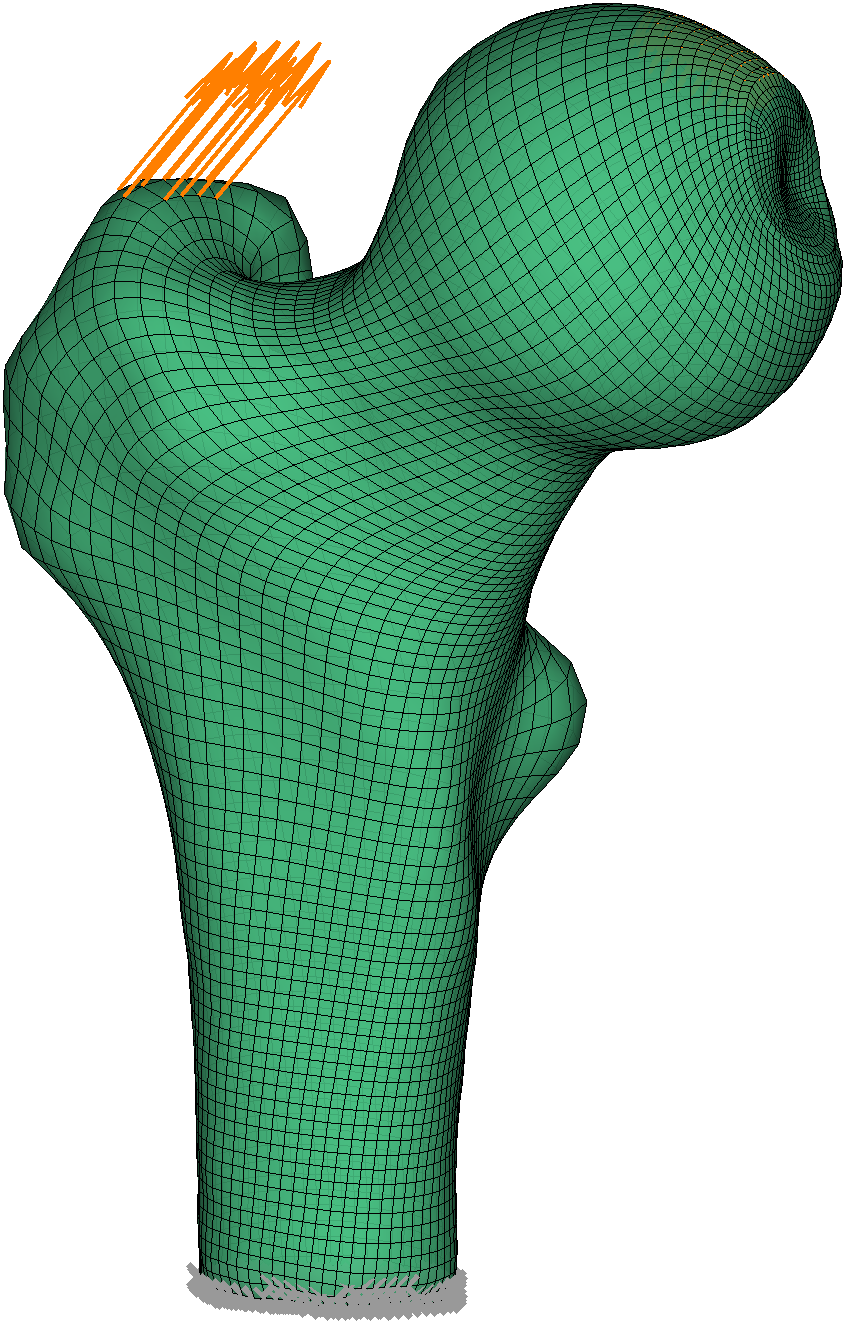
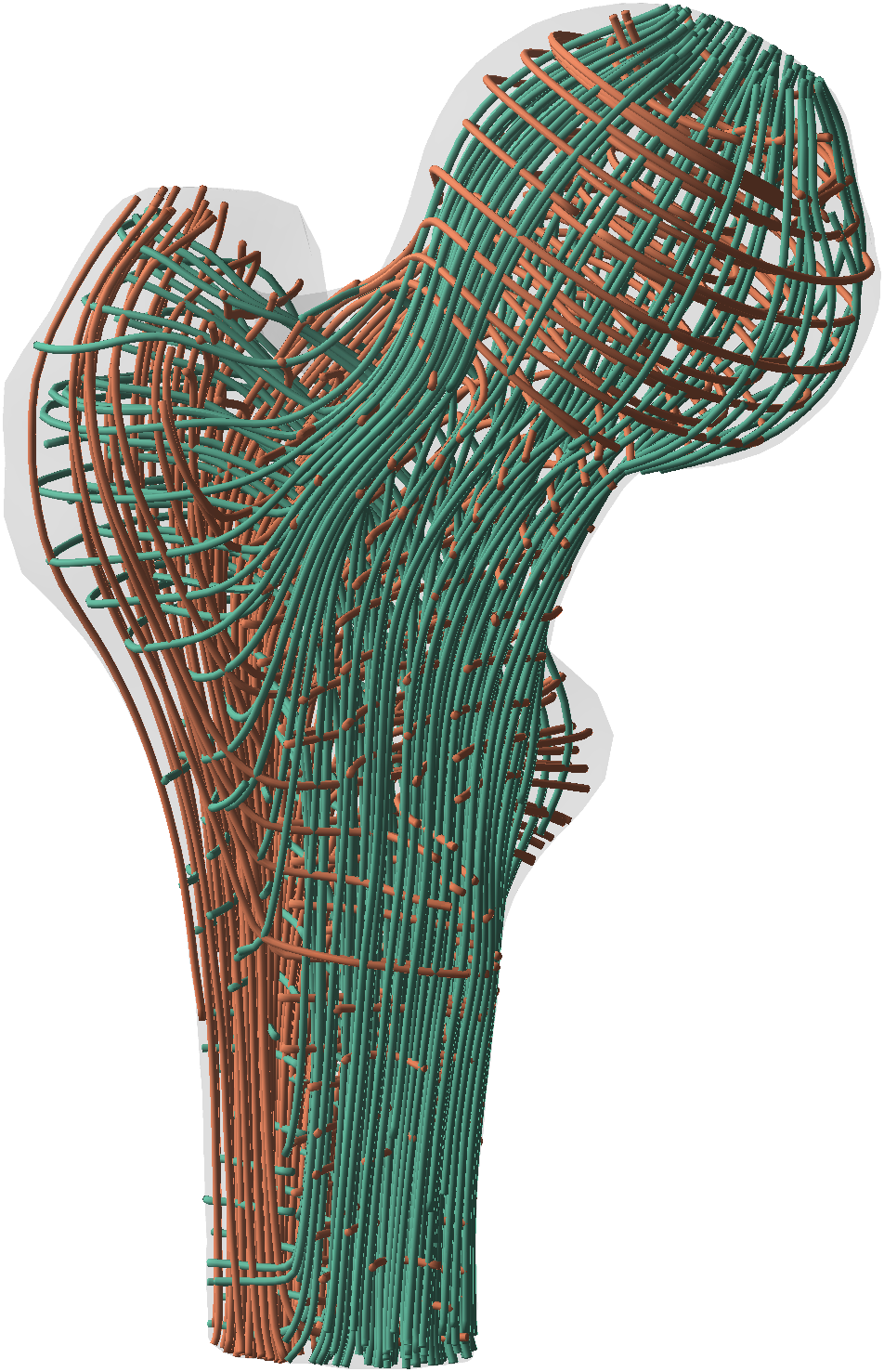
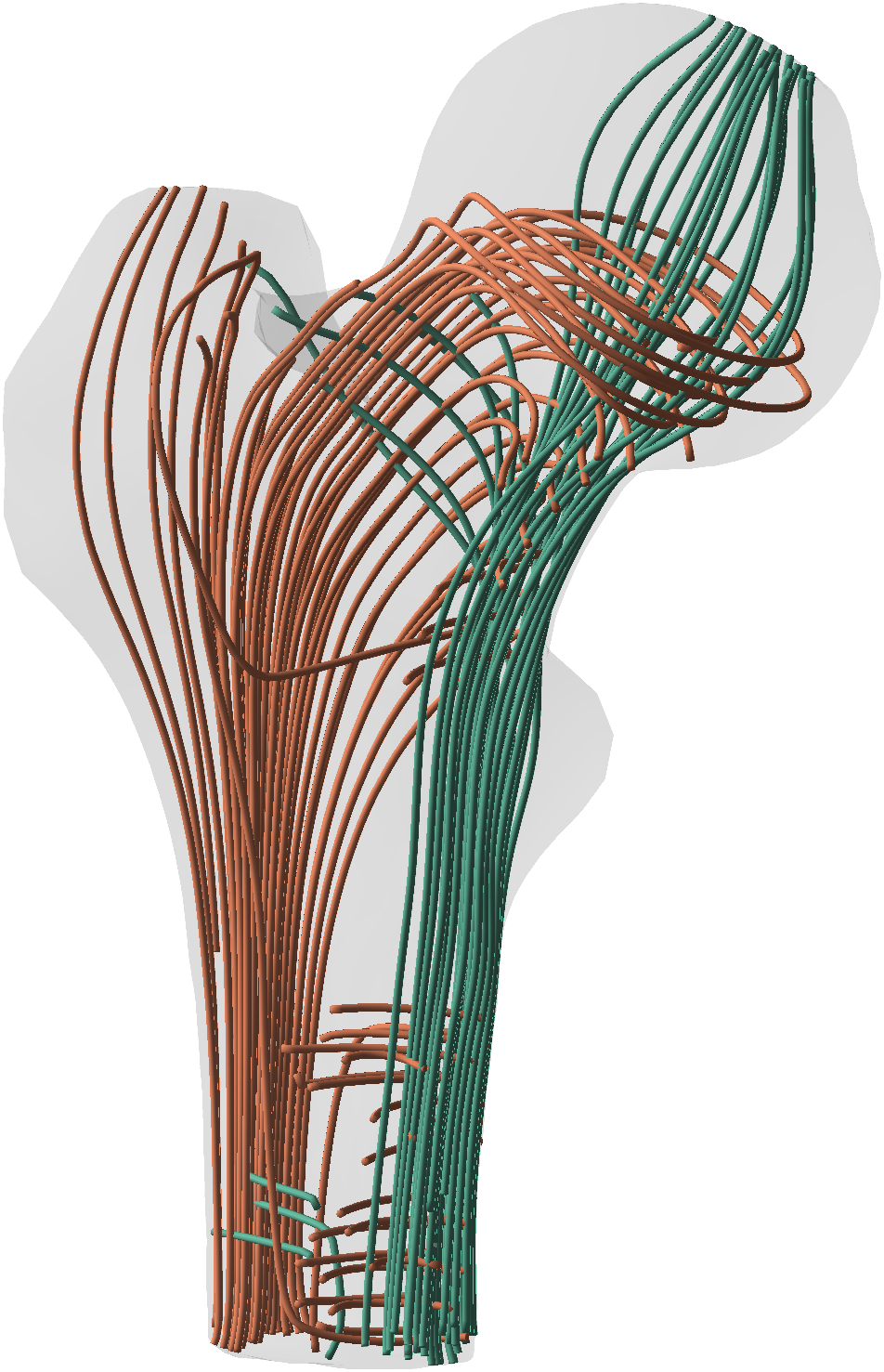
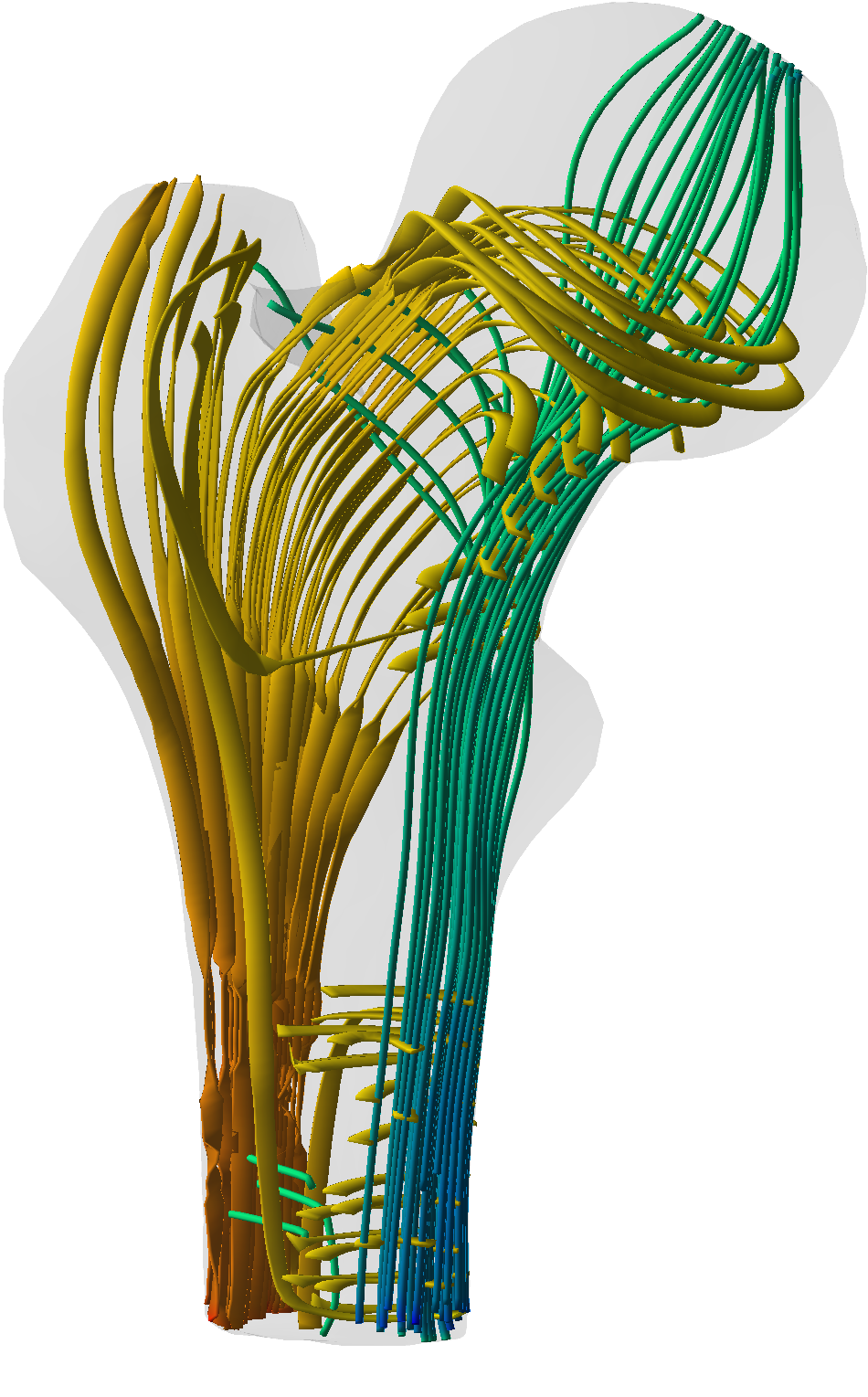
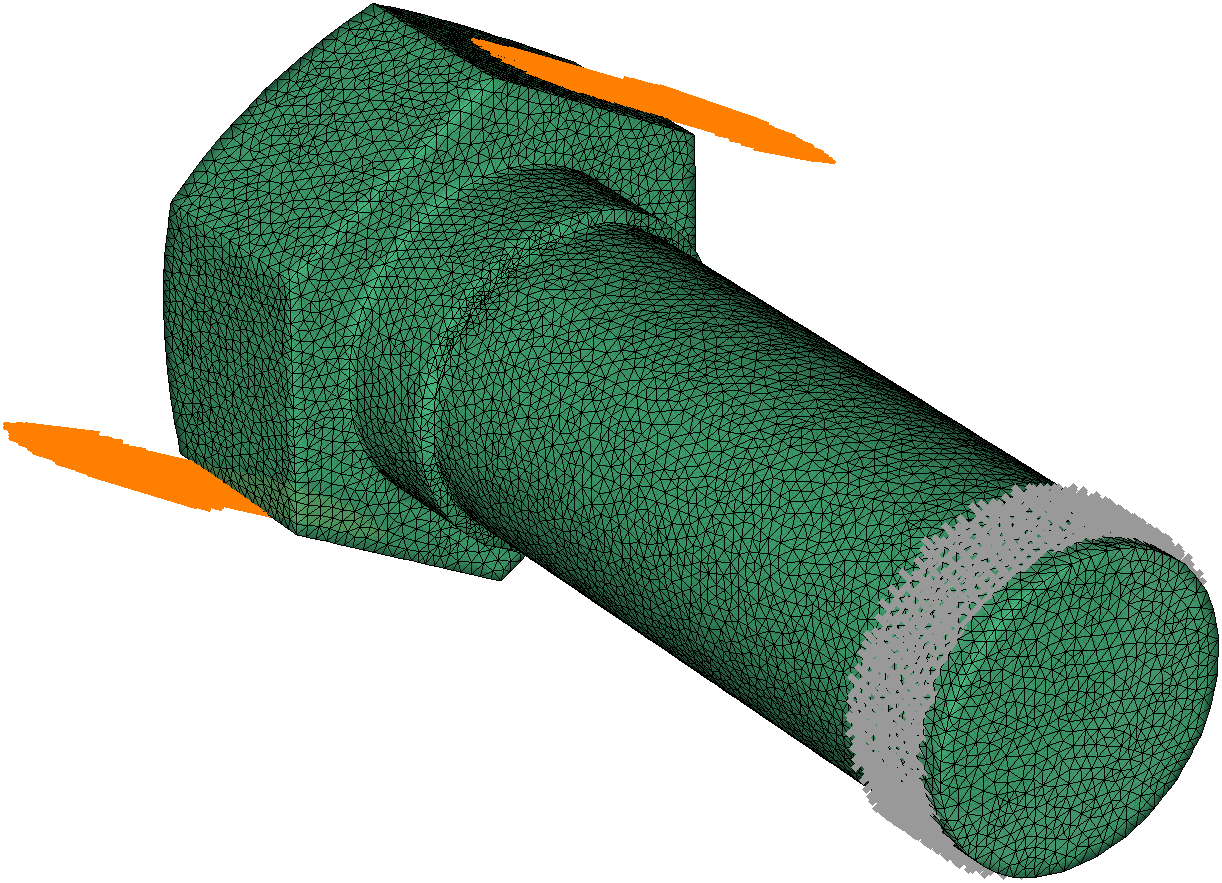
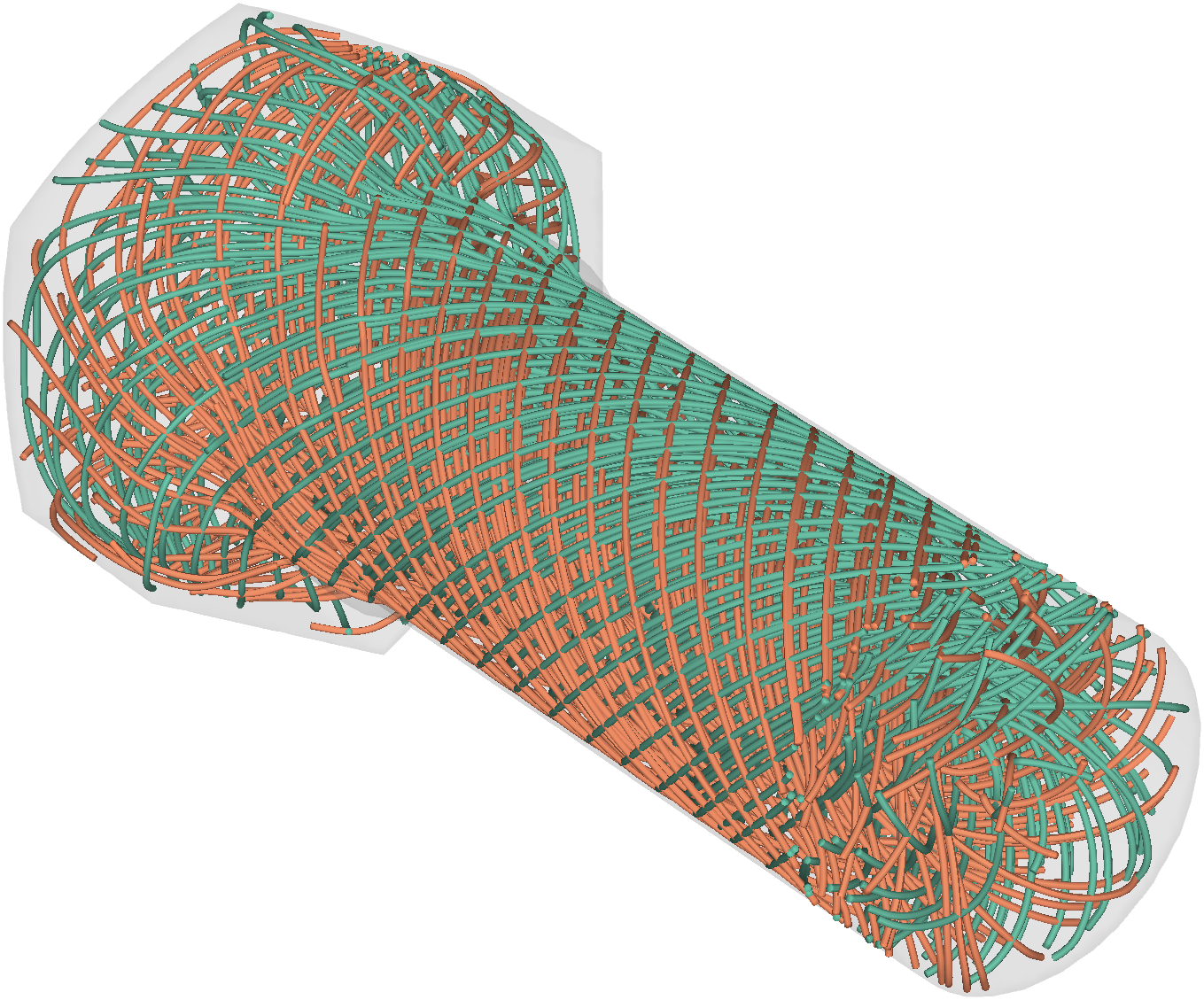
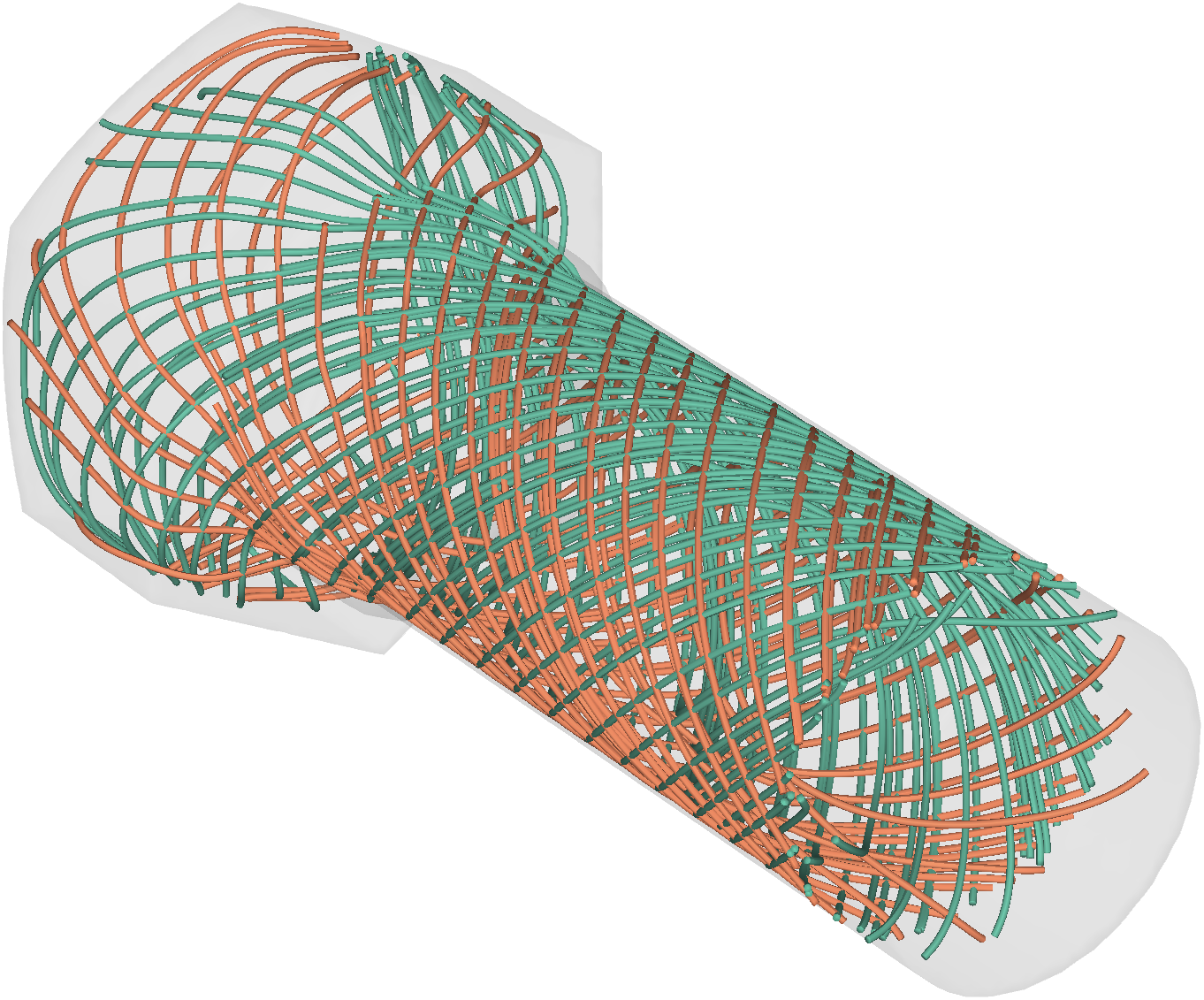
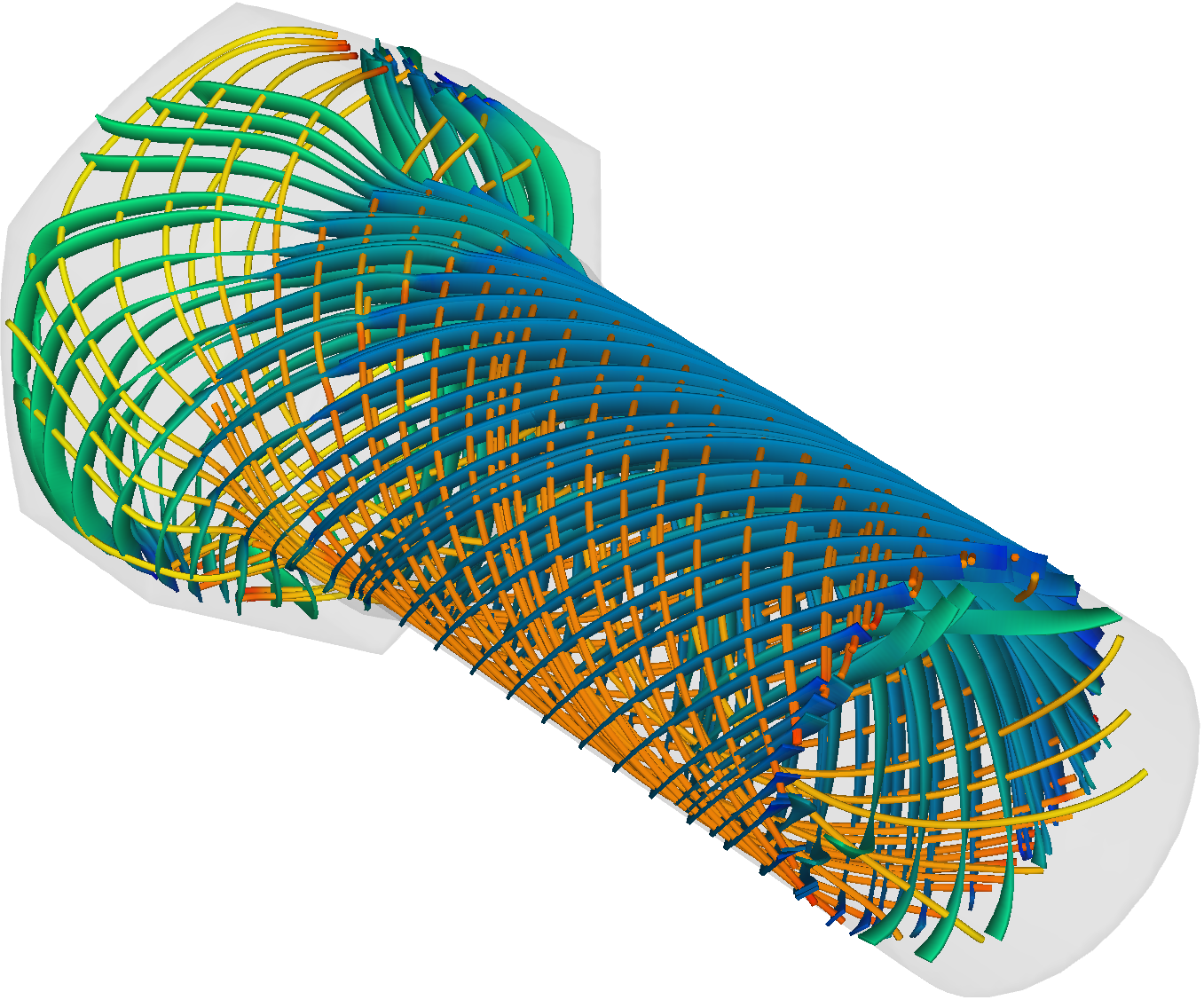
Case 1: Trajectory-based stress tensor visualization of stress fields simulated at Cartesian hexahedral meshes
Contexts: Cartesian hexahedral mesh is frequently used in structural topology optimization in 3D, assuming one wants to investigate the stress tensor field in the optimized structure and compare it to the corresponding one from the solid domain.
